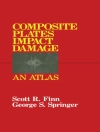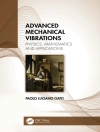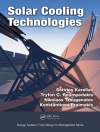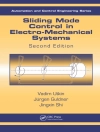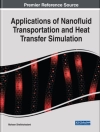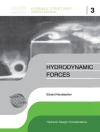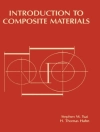This book reports on the 13th International Workshop on Railway Noise (IWRN13), held on September 16-20, 2019, in Ghent, Belgium. It gathers original peer-reviewed papers describing the latest developments in railway noise and vibration, as well as state-of-the-art reviews written by authoritative experts in the field. The different papers cover a broad range of railway noise and vibration topics, such as rolling noise, wheel squeal, noise perception, prediction methods, measurements and monitoring, and vehicle interior noise. Further topics include rail roughness, rail corrugation and grinding, high-speed rail and aerodynamic noise, structure-borne noise, ground-borne noise and vibration, and resilient track forms. Policy, criteria and regulation are also discussed. Offering extensive and timely information to both scientists and engineers, this book will help them in their daily efforts to identify, understand and solve problems related to railway noise and vibration, and toachieve the ultimate goal of reducing the environmental impact of railway systems.
Table of Content
Railway Noise Mitigation Framework in Europe: Combining Policies with the Concerns of the Railways.- Importance of a Detailed Vibratory Characterization of a Railway Line for the Propagation of Vibrations in an Econeighborhood.- CRo No S Railway Noise Prediction Tool: Description and Validation based on Field Tests.- Scale and Numerical Modelling of a Metro Rail Viaduct with Sound Absorption to Reduce In-car and Wayside Noise.- Comparison of Vibration and Noise Characteristics of Urban Rail Transit Bridges with Box-girder and U-shaped Sections.- An Efficient Three-dimensional Track/Tunnel/Soil Interaction Analysis Method for Prediction of Vibration and Noise in a Building.- A Comparison of Rolling Noise from Different Tram Tracks.- Using a 2.5D BE Model to Determine the Sound Pressure on the External Train Surface.


